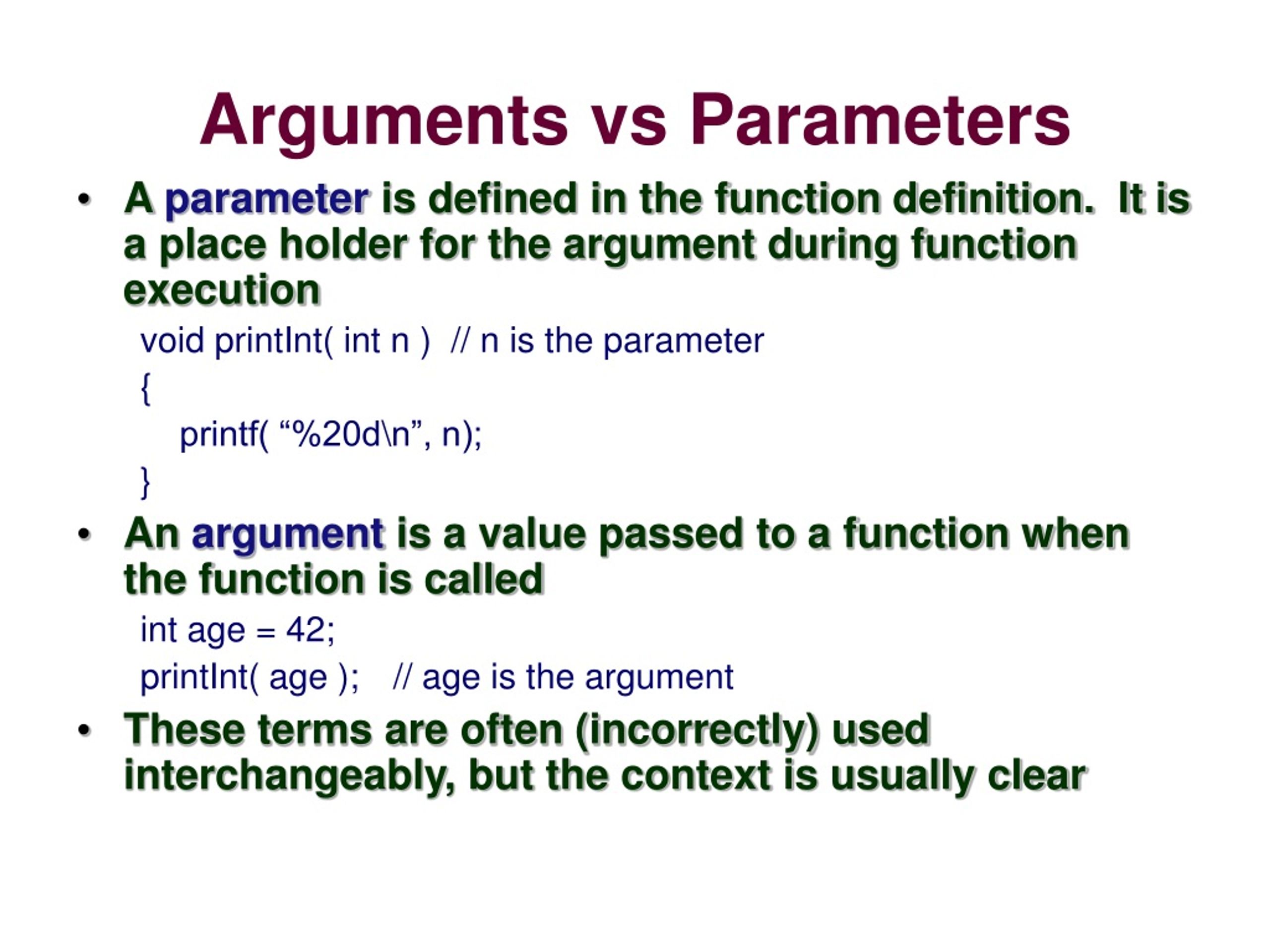

In 1997, JavaScript 1.1 was submitted to the European Computer Manufacturers Association (ECMA) as a proposal. And the community decided that it was time to standardize the language. JavaScript had no standards that governed its syntax and features. Hence, two different JavaScript versions were in the market: Microsoft used the name JScript to avoid possible license issues with Netscape. However, IE came with its own JavaScript implementation called JScript.

In the meantime, Microsoft introduced a web browser product called the Internet Explorer 3 (IE 3), which competed with Netscape. Netscape released JavaScript 1.1 in Netscape Navigator 3. As a result, JavaScript entered version 1.0. The decision was made just before Netscape released its web browser product Netscape Navigator 2. Netscape decided to change LiveScript to JavaScript to leverage Java’s fame, which was popular. And then, its name was changed to LiveScript. In 1995, JavaScript was created by a Netscape developer named Brendan Eich. Unlike client-side JavaScript, server-side JavaScript executes on the server that allows you to access databases, file systems, etc. A popular JavaScript server-side environment is Node.js. JavaScript can run on both web browsers and servers.

In this case, JavaScript works as a client-side language. When JavaScript is used on a web page, it is executed in web browsers. However, modern JavaScript engines are typically implemented as just-in-time compilers that compile JavaScript code to bytecode for improved performance. In the beginning, JavaScript engines were implemented as interpreters. The JavaScript engine is a program that executes JavaScript code. The JavaScript code then modifies the HTML and CSS to update the user interface dynamically. When a web page is loaded, i.e., after HTML and CSS have been downloaded, the JavaScript engine in the web browser executes the JavaScript code. Typically, you use JavaScript with HTML and CSS to enhance a web page’s functionality, such as validating forms, creating interactive maps, and displaying animated charts. JavaScript allows you to add interactivity to a web page.


 0 kommentar(er)
0 kommentar(er)
